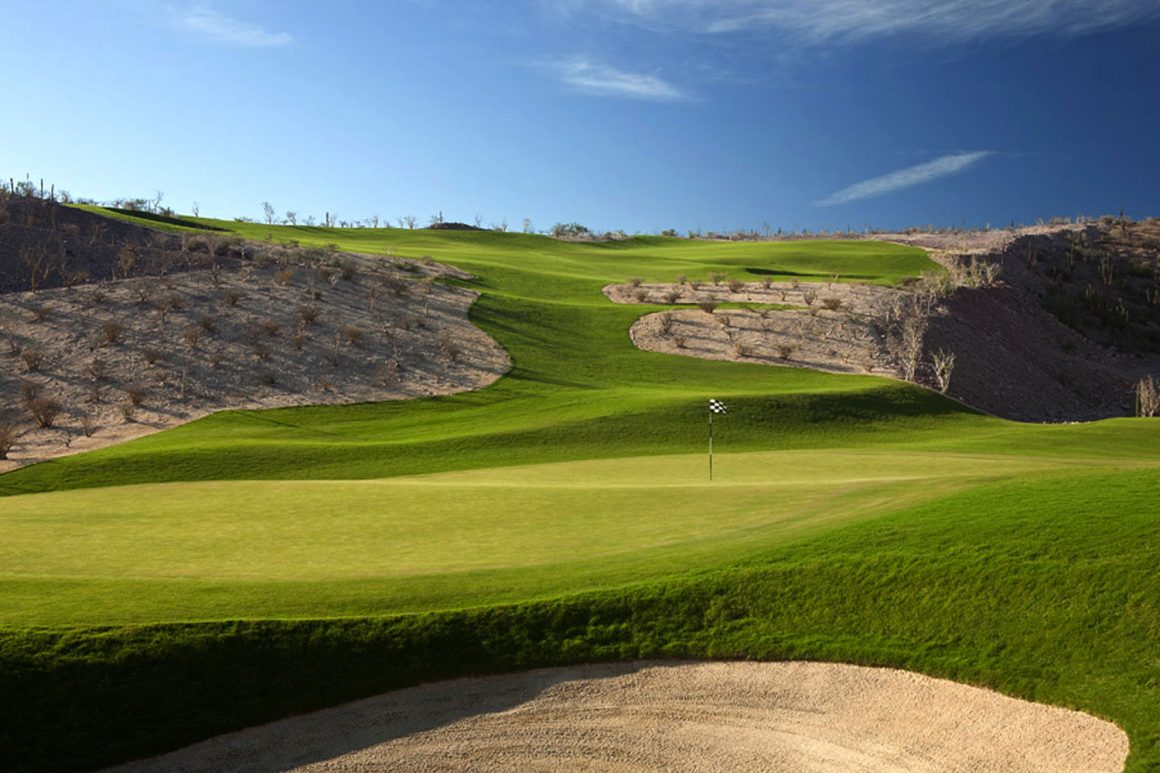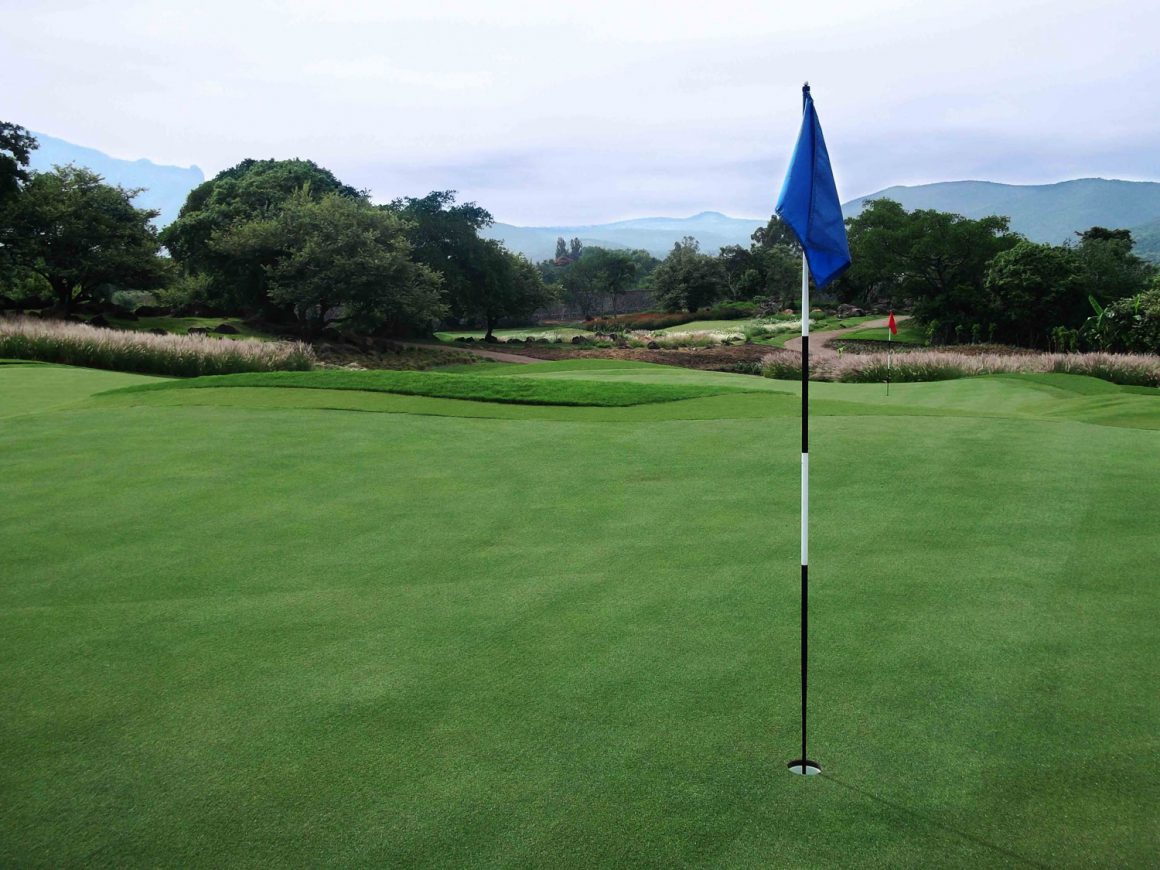By Agustín Pizá
In a lecture I gave recently, the topic of how expensive and extensive modern golf courses are came out, and how they even inhibit the player from walking while playing.
The current perception that the fields are longer due to the modernity of the clubs and balls is misleading. Although these factors do have an impact, technology has actually affected the width of the golf course more. By having weekend golfers who hit the ball farther but not necessarily straighter, corridors had to be extended from 90 to 120 meters (400 feet). Peter Kostis, an American golf analyst and instructor, says the real problem began more than 50 years ago and the business of making the courses longer penetrated the industry like moisture.
Robert Trent Jones, an American golf course architect, was assigned to redesign the Oakland Hills course in 1950, to make it more difficult -precisely after Ben Hogan’s commentary after winning the U.S. Open, where he emphasized how easy it was to win, thanks to the course’s favorable conditions.
From that comment, golfers began to confuse the difficulty of a course with its quality. Kostis even shares that the popularity lists that are known today as “The best courses“, at that time were promoted under the title of “The most difficult courses“. The perception became that a golf course could not be good if it was not difficult. And, suddenly, it was no longer enough to enjoy a round of golf on a good course.

Another important factor that began in the United States during the 1960s was the advent of master-planned communities, where golf courses were mixed with housing developments. During this movement – and in most cases – the main objective was not really to design or build a good golf course, but to sell more lots and houses. So it became easy for developers and sellers to propose that the course be lengthened. They began to do so not only within the tee-to-green strategy, but from green to the next tee. With this, they managed to put more premium housing in front of the golf course and gave irreversible step to the mandatory use of carts since the courses began to be “unwatchable“. They forgot that golf is a sport and must be designed to be walked on. From then on, golf was no longer seen as a sport and was perceived more as a status.

During the 40’s and 50’s, both in Mexico and in the United States, a golf course was built within 40 hectares. For instance, the country courses we still have in each city, they were usually built in less than six months and cost less than $2 million. Today, a course requires at least 65 hectares, takes an average of 18 months to build and costs no less than $8 million. Moreover, according to “experts“, if it is no longer than 7,000 yards, people do not see it as “championship” class. This is thanks to the contribution of the famous designers of the 80s and 90s. Precisely at that time, the philosophy of “the harder it is, the better the course” was in full swing. Pete Dye, world-renowned golf course designer, gave the final push to the majestic phenomenon when he designed the PGA West. A project in which he was specifically commissioned to design the most difficult golf course possible, because the developers wanted to “make noise“.
Peter concludes – and I agree with him – that blaming new technology in equipment and sticks, for the fact that the fields are now longer, is a lack of historical perspective on our part. Fortunately, respect for nature and the lack of time to play in the last four years is forcing a conscious return to design that offers walking golf courses that are more economical, shorter and more fun.

FOR MORE THAN TWO DECADES PIZÁ HAS COLLABORATED WITH LEGENDS OF THE GAME AND WORLD CLASS GOLF DEVELOPMENTS. HIS DESIGNS ARE KNOWN FOR DELIVERING QUALITY, SUSTAINABILITY, AESTHETIC AND STRATEGIC GOLF COURSES.





